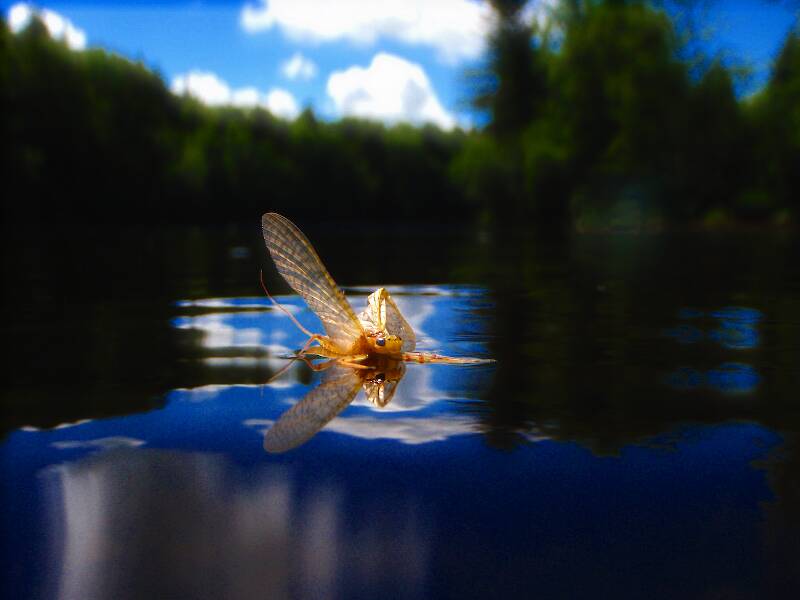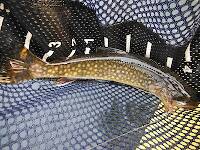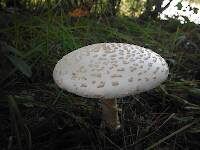
Blue-winged Olives
Baetis
Tiny Baetis mayflies are perhaps the most commonly encountered and imitated by anglers on all American trout streams due to their great abundance, widespread distribution, and trout-friendly emergence habits.
Featured on the forum
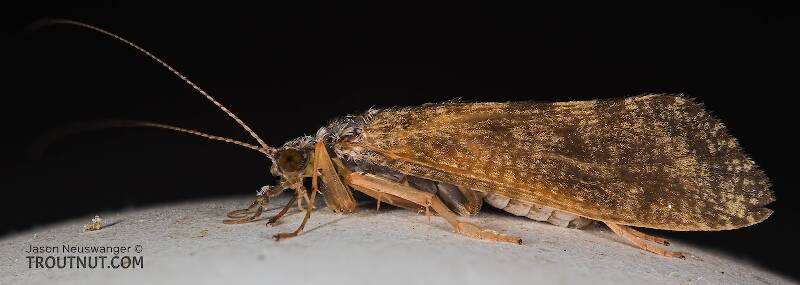

Troutnut is a project started in 2003 by salmonid ecologist Jason "Troutnut" Neuswanger to help anglers and
fly tyers unabashedly embrace the entomological side of the sport. Learn more about Troutnut or
support the project for an enhanced experience here.

Al514 on Jul 13, 2008July 13th, 2008, 2:47 pm EDT
I was up in the Adirondacks today on a small brookie stream and when I landed this fellow, I noticed that there were NO red spots on either side of this fish. My buddy and I thought that it was a Splake. Can anyone shed some more light on the topic?
GONZO on Jul 13, 2008July 13th, 2008, 9:23 pm EDT
I think it is quite possible, Artie. Splake usually lack the blue-haloed red spots and sometimes don't have the black stripe between the white and the red on the lower fins. Various back-crosses between splake and brook trout also result in variable appearance. Although the splake is a fertile cross, I don't think that the cross or back-cross occurs very often naturally. Could you tell if the fish appeared to be stocked? Did the stream flow into a lake at some point?
Al514 on Jul 14, 2008July 14th, 2008, 6:32 am EDT
GONZO,
The fish didn't have any of the markings of a stocked fish, but the lake that the stream runs into is stocked with brookies. The thing is - this fish was caught about a mile and a half up the stream (which has a very high gradient) where it enters the lake so I don't think a fish could "run" all the way up to where it was. Does that mean that somewhere and at sometime, there was a female laker in the stream?
The fish didn't have any of the markings of a stocked fish, but the lake that the stream runs into is stocked with brookies. The thing is - this fish was caught about a mile and a half up the stream (which has a very high gradient) where it enters the lake so I don't think a fish could "run" all the way up to where it was. Does that mean that somewhere and at sometime, there was a female laker in the stream?
GONZO on Jul 14, 2008July 14th, 2008, 7:51 am EDT
Not neccessarily, Artie, but it is possible. Is the lake known to have lakers? Although it's a bit unusual for lakers to run up streams, it's certainly not unheard of. A surprising number of lakers from Lake Ontario run up the Salmon River all the way to the dam, and there are some places where wild populations do this as well. Another possibility would be that a fingerling splake (or maybe a laker) got accidentally mixed in with the stocked brookies and developed an unusual wanderlust. It's not that uncommon for a few fish of another species to get mixed into a stocking.
One could speculate about other ways that this might have happened, but all of them seem a bit unusual. You could investigate the stocking record of the lake for clues or just talk to the Adirondack biologists for their thoughts on the matter. Even determining exactly what your fish's true identity was (unusual brookie, splake, splake X brookie, etc.) is mostly guesswork without running tests. The number of pyloric caeca is sometimes used to distinguish brookies from splake, but I believe there is some overlap. I would think that would be especially true with back-crosses, so it might require DNA. All I can really say for sure is that you caught an unusual fish that raises interesting (but perhaps unanswerable) questions.
PS--Here's the most entertaining (though probably least likely) scenario that I came up with to explain your fish: An osprey captures a female laker or splake that is in shallow water to spawn. A marauding eagle tries to steal the osprey's meal, and in the ensuing battle the osprey drops the fish in the stream (or maybe eggs get expelled?), and one way or another, the laker/splake eggs get fertilized by brook trout that are spawning at the same time. Unlikely, but stranger things have happened. :)
One could speculate about other ways that this might have happened, but all of them seem a bit unusual. You could investigate the stocking record of the lake for clues or just talk to the Adirondack biologists for their thoughts on the matter. Even determining exactly what your fish's true identity was (unusual brookie, splake, splake X brookie, etc.) is mostly guesswork without running tests. The number of pyloric caeca is sometimes used to distinguish brookies from splake, but I believe there is some overlap. I would think that would be especially true with back-crosses, so it might require DNA. All I can really say for sure is that you caught an unusual fish that raises interesting (but perhaps unanswerable) questions.
PS--Here's the most entertaining (though probably least likely) scenario that I came up with to explain your fish: An osprey captures a female laker or splake that is in shallow water to spawn. A marauding eagle tries to steal the osprey's meal, and in the ensuing battle the osprey drops the fish in the stream (or maybe eggs get expelled?), and one way or another, the laker/splake eggs get fertilized by brook trout that are spawning at the same time. Unlikely, but stranger things have happened. :)
Al514 on Jul 15, 2008July 15th, 2008, 5:03 am EDT
According to a few sources, there are NO lake trout in the lake. The lake is one of the many ADK lakes that has a high acid content so the number of fish is down as it is, and none of the sources I checked reported lakers. Suckers, Bullhead, and Brook Trout are the only species reported. But, it is a big lake. A big, deep lake (100' +) - so I like to think that there is at least ONE laker down there because there is no way that whoever collected the fish data could cover the entire depth of the lake, is there?
I'm going back to the stream today. When I fish the same hole, and possibly catch the same fish, I'll be sure to interrogate. And take beter pictures.
By the way, that was quite the story.
I'm going back to the stream today. When I fish the same hole, and possibly catch the same fish, I'll be sure to interrogate. And take beter pictures.
By the way, that was quite the story.
GONZO on Jul 15, 2008July 15th, 2008, 6:37 am EDT
Artie, the practical realist in me would follow Occam's razor and suggest that the most likely explanation seems to be that a splake was mixed into the brookie stocking. However, the romantic dreamer in me prefers to imagine the more dramatic osprey/eagle story. :)
Troutnut on Jul 16, 2008July 16th, 2008, 9:21 pm EDT
Cutting a little deeper with Occam's razor: couldn't it just be an unusual brookie?
Jason Neuswanger, Ph.D.
Troutnut and salmonid ecologist
Troutnut and salmonid ecologist
GONZO on Jul 16, 2008July 16th, 2008, 10:14 pm EDT
Of course, but if we allow old William's blade to slice too deeply, the dreamer expires with the dream. ;)
Quick Reply
Related Discussions
Topic
Replies
Last Reply
36
Dec 13, 2006
by Upnorth2
by Upnorth2
Re: Some prospective brookie waters and a delightful surprise! 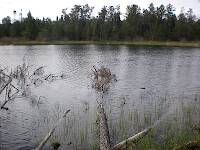
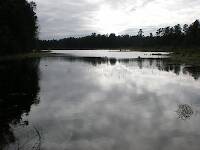
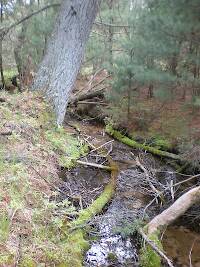
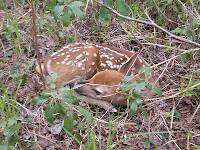
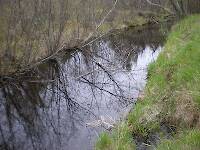
In the Photography Board by Jmd123
+ 6





In the Photography Board by Jmd123
4
May 30, 2011
by PaulRoberts
by PaulRoberts


